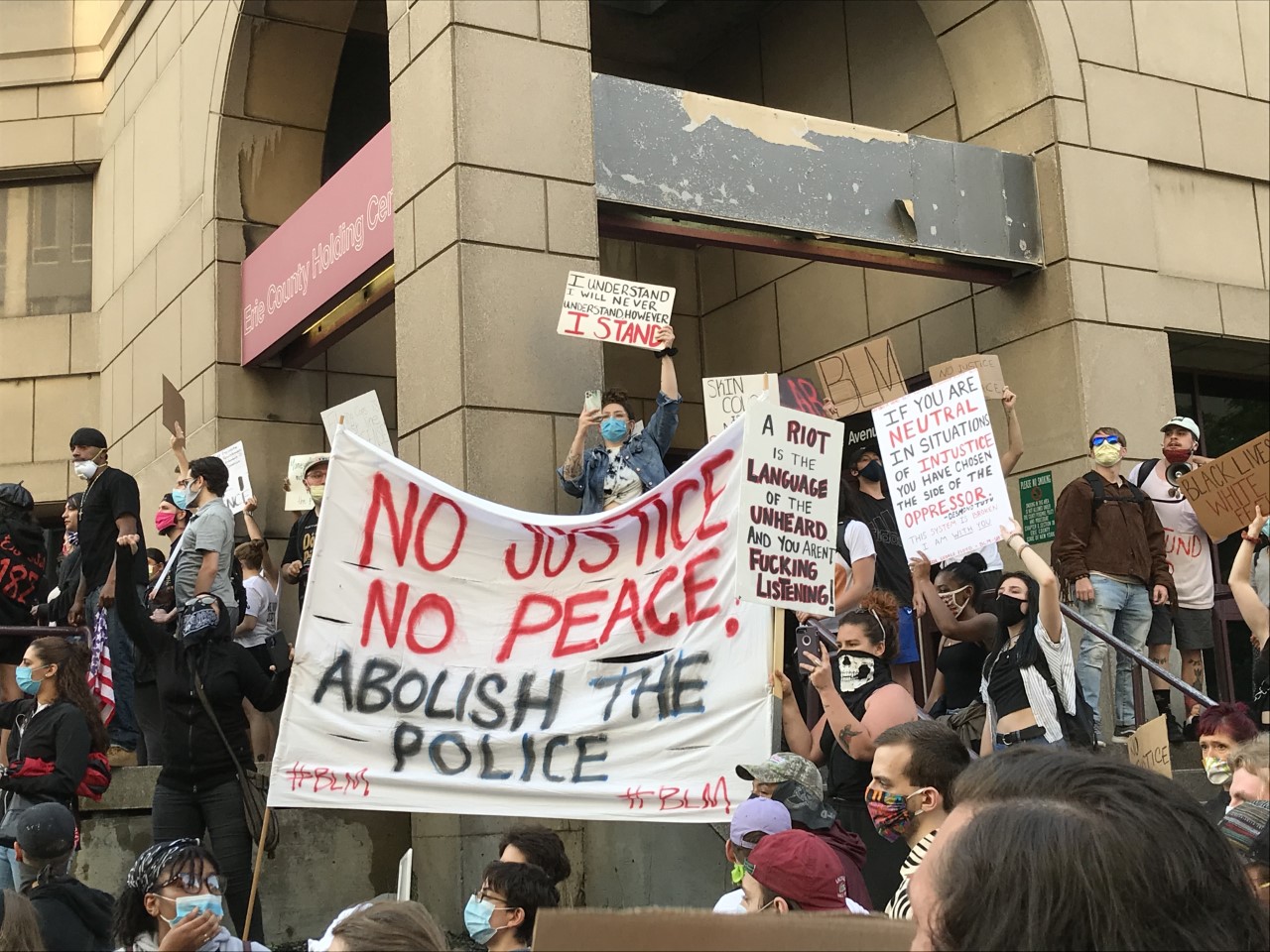Introduction to Radical Geography
A simple introduction to radical geography, its main concepts, and its best-known practitioners.
Geography is the study of "space and place." It extends far beyond map quizzes and state capitals; in fact, maps themselves reflect all kinds of geopolitical power dynamics, especially concepts of domination. Radical geography is a branch of study that began in the United States in the 1960s, strongly influenced by the movements for civil rights and against the Vietnam War. Radical geographers (usually) incorporate Marxist analysis while studying physical implementations of racism, sexism, colonialism, imperialism, and other systems of power.
The sub-discipline is characterized by a rejection of the quantitative-positivist approach, which attempts to redefine geography as a "spatial science." Quantitative geography emphasized measurement, modeling, and statistical analysis. Positivism emphasized repeatability and the use of the scientific method. Radical geographers challenged the normalization of the Euro-American perspective inherent to this approach.
Some of the most famous radical geographers include Doreen Massey and David Harvey. Massey was a Marxist feminist geographer who established the key theory of spatial divisions of labor. Harvey focuses heavily on urban geography, starting with his seminal work Social Justice and the City (1973).
The longest-running radical geography publication is Antipode, a social sciences journal that "publishes innovative papers that push at the boundaries of radical geographical thinking." It was established in 1969 and, as of writing, continues to publish six issues per year.
The world of work is formed by geographical relationships and visions. It is composed of certain kinds of partnerships, involving humans and sometimes involving nonhumans as well. This world is one of uneven development and inequitable relationships and opportunities, an unevenness that reflects spatial production within a capitalist system. Abolishing these inequalities is thus also a geographical project, and one that must be considered at every scale, from the classroom to the globe.
Making Workers: Radical Geographies of Education by Katharyne Mitchell

Resources
- Keywords in Radical Geography: An Introduction, Wiley Online Library: https://onlinelibrary.wiley.com/doi/pdf/10.1002/9781119558071.ch1
- Pluto Books series on radical geography: https://www.plutobooks.com/product-category/series/radical-geography/

- Introduction to Quantitative Geography: https://ibis.geog.ubc.ca/~ewyly/teaching/606_hist.pdf





